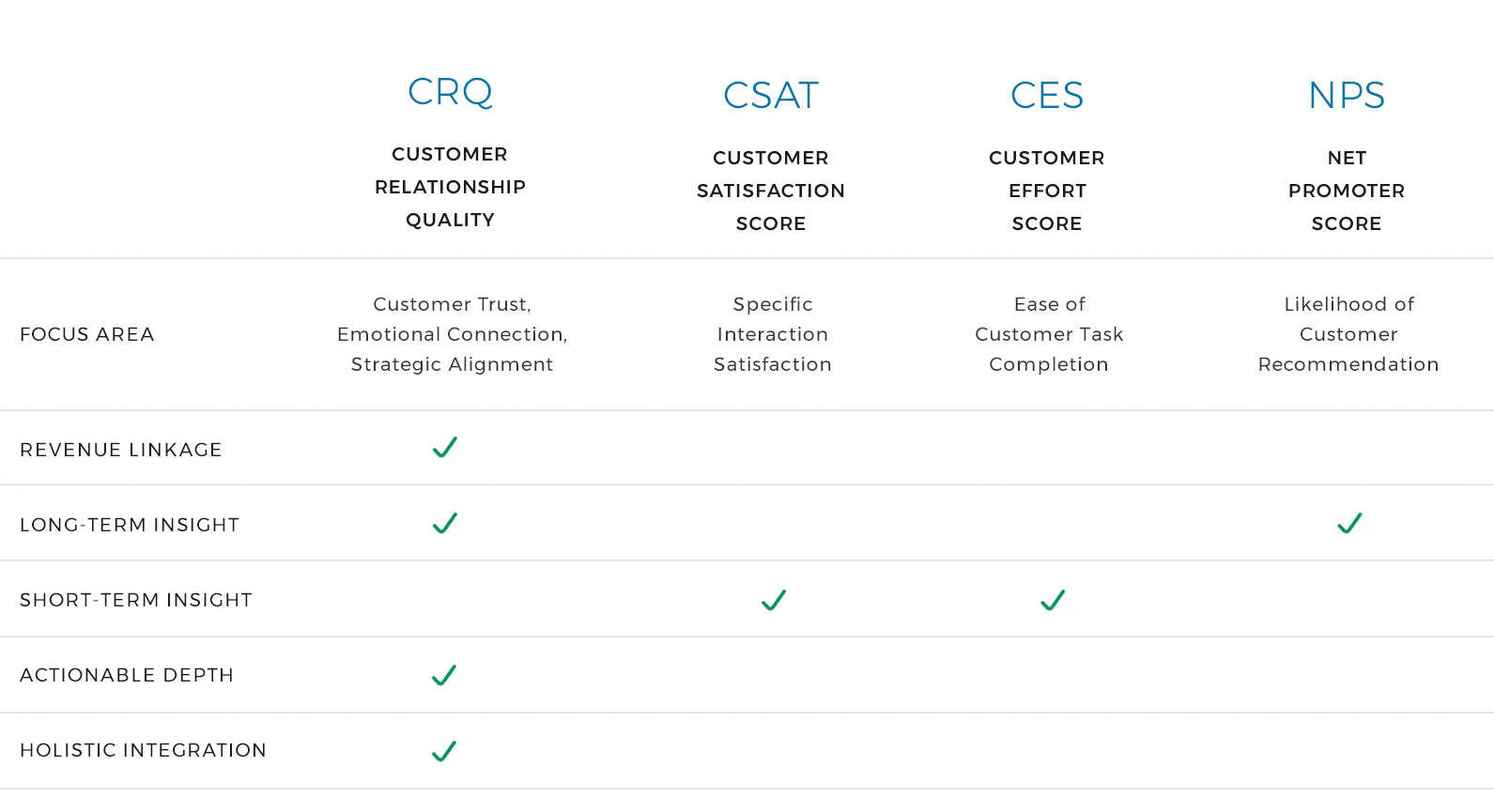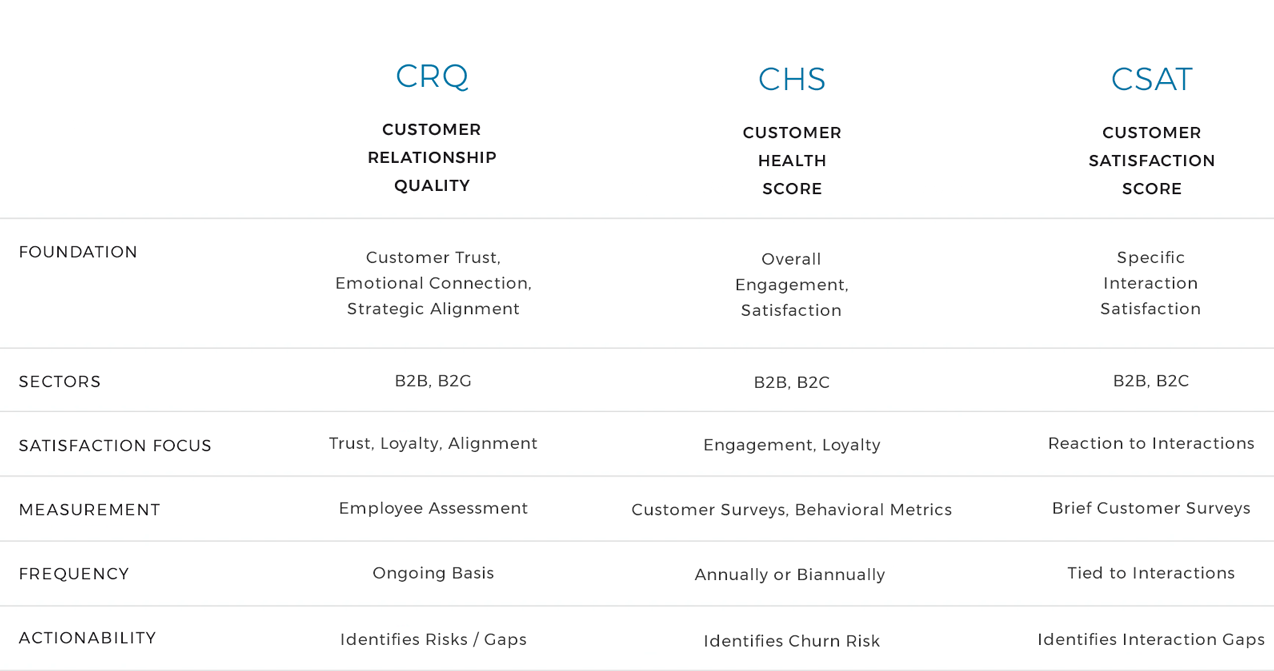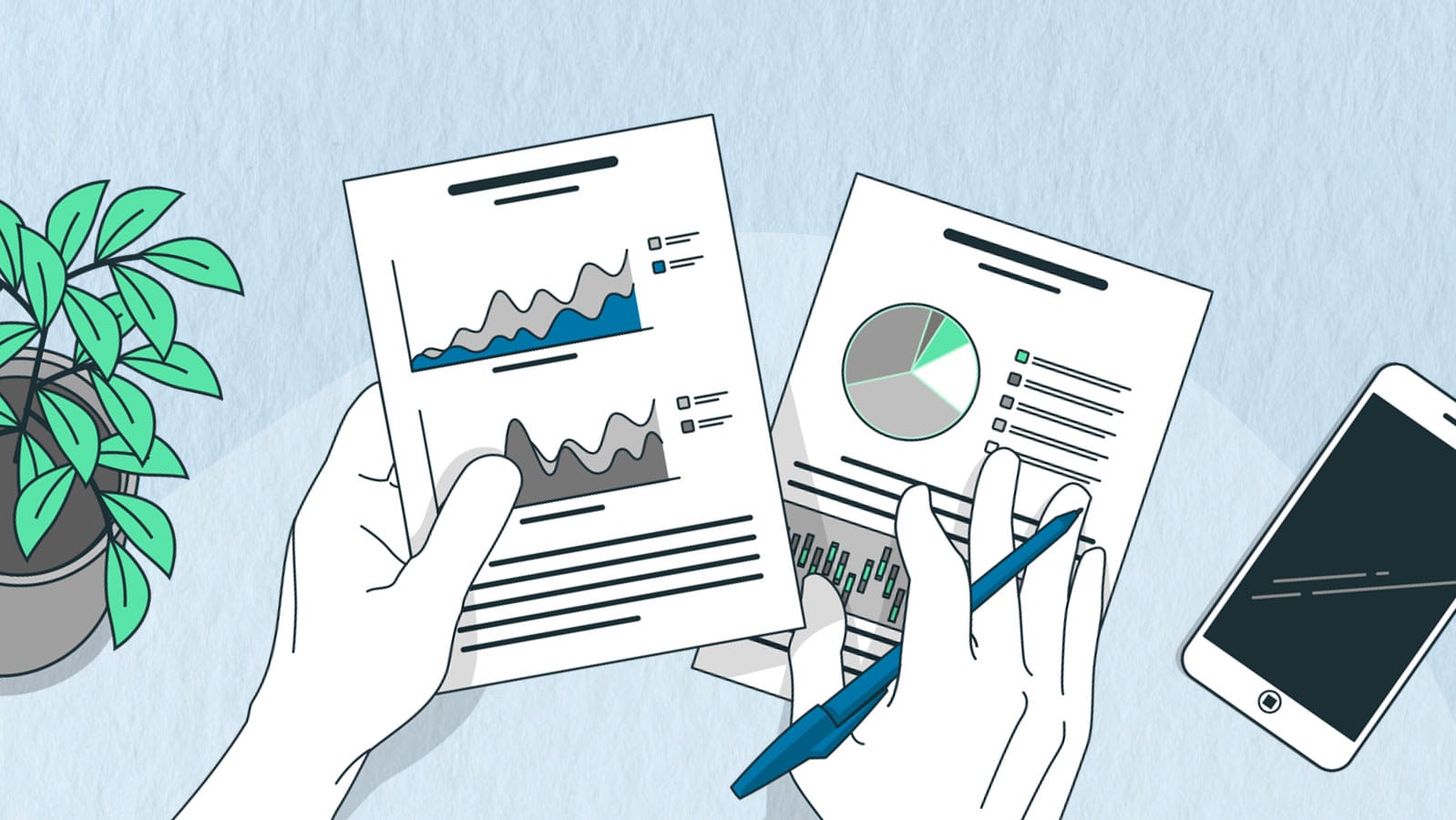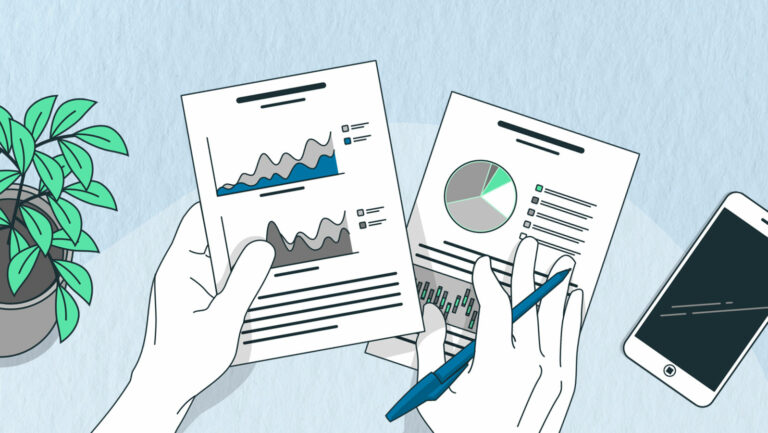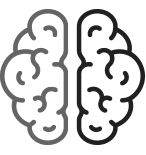RESOURCES ⇢ ORGANIC GROWTH
Organic Growth: Top Strategies for Building A Strong Growth Culture
Organic growth strategies online are often filled with platitudes, failing to provide clear strategies to improve customer relationships and cross-departmental collaboration that drives future growth.
But in this guide, we’ll cover organic business growth strategies from top-performing organizations and terms you need to know for success.

Below we’ll focus on 4 key categories to help you begin to outline your organic growth strategy.
First, let’s start with the definition of organic growth:
Organic Growth Definition
The process by which a company increases its revenue and expands its operations through its existing resources and capabilities, rather than through mergers, acquisitions, or external investments. This growth is achieved by enhancing product offerings, expanding market reach, improving customer retention, and optimizing operational efficiencies. Organic growth focuses on sustainable development through internal strategies and efforts.
Now, as you can see from that definition, organic growth strategies can vary wildly.
Adding to that, you may have noticed detailed playbooks on organic growth are rare.
Most top-performing companies view their organic growth strategies, such as Customer retention and customer lifetime value (CLV), as proprietary tactics that provide a competitive edge.
Although its true it can be difficult to give detailed insights, as organizations have different industries, customers, and cultures, we’re going to pull back the curtain to reveal how top-performing firms are prioritizing organic growth successfully.
Let’s compare the most common approach vs. the leading approach to organic growth:
WHAT OUTDATED firms DO:
Most businesses address organic growth by focusing on creating new products, services and businesses, supposing what worked before will work moving forward. They assume innovation capabilities canot be developed and strong organic growth is not possible for their unique industry or organization.
WHAT LEADING FIRMS DO:
High-performing organizations understand creating a growth culture is not an elusive vision, but a series of skills that can be cultivated through proper training, process improvements, and fostering a culture focused on the customer.
These leaders understand creating a culture focused on the customer is the key to organic growth, as it drives innovation, market penetration, operational efficiency, and improved customer relationships that build stability and profitability for the future.
This shift in strategy takes us back to business fundamentals of true customer understanding.
Most business leaders understand the importance of strong customer relationships in organic growth, but there were limited measurements available to track relationship strength and even less were tied directly to revenue.
Now there are new, proven methods available to make this a reality.
Let’s cover the leading-edge strategies and metrics driving the organic growth strategies of today: team and cultural strategies, growth process and frameworks, customer-centric metrics and financial metrics.
GROWTH PROCESSES & FRAMEWORKS
The following new strategies and methodologies provide structured approaches to drive organic growth through innovation, customer listening, and optimization.
As you read through the following frameworks, ask yourself which of the following strategies would drive positive changes for your organization.
If you’d like a free consultation from our growth specialist to discuss your unique organizational challenges, schedule your 1:1 call today.
growth playbook
Does your organization have a growth playbook?
Although B2B statistics vary wildly, a recent study found that only 19% of B2G organizations have a formalized growth playbook. (PSC Growth Strategies Survey). A growth playbook is key to organic sales growth, and a hallmark of high-growth companies and well-informed business leaders.
Growth Playbook
A framework for organic growth that provides a strategic guide to enhance customer relationships, gather competitive intelligence, and qualify opportunities, using customer engagement strategies and a common internal language to share actionable intelligence across teams like sales, business development and delivery teams.
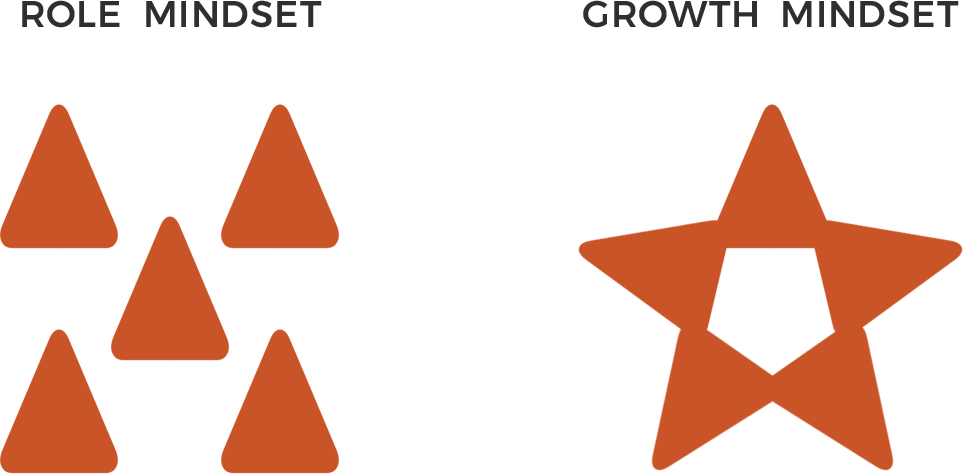
It drives organic growth by aligning revenue and Customer Relationship Score (CRS) responsibilities to roles for accountability, ensuring teams collaboratively shape opportunities and deepen customer trust.

Hi-Q Group was instrumental in the growth of my company. [Their approach] is unique in its focus on the human element. It’s more than just a process. It’s an engagement.
Collaborative Growth Framework
leadership insight:
Many organizations find that roughly 20% of their customers deliver 80% of their revenue. Yet rarely is that same ratio correlated to customer relationships and revenue.
Take just a moment to think of the wasted resources in this scenario. How would things shift for your organization if you focused on key customers by improving those relationships and creating a culture that directly ties improved customer relationships to revenue?
Customer-Driven Innovation
The practice of using customer feedback and insights to develop new products, services, or strategies that fuel organic growth, driven by frontline teams actively listening to client needs and adapting accordingly.
Organizations often fail at this level of customer alignment and the additional revenue streams it provides, due to their lack of customer relationship management which limits organic growth opportunities.
Even when frontline teams have unprecedented access to customers, competitive intelligence is rarely noted and shared, due to a lack of customer engagement training and internal processes that prevent customer intelligence from being shared with the team in meaningful ways. This gap in intel severely limits organic growth capabilities and growth in sales in general.
Growth Culture Rating (GCR)
A proprietary assessment score developed by Hi-Q Group that evaluates an organization’s culture for supporting organic growth, based on factors like collaboration, innovation, and customer focus, positioning them for rapid growth opportunities through a competitive advantage.
This rating helps leaders identify cultural strengths and gaps, guiding strategies to enhance team alignment and customer-centric outcomes for sustainable organic expansion.
Companies that have successfully adopted a growth mindset that is championed by all stakeholders are 2.4x more likely to outperform.
(McKinsey & Company)
GROWTH PERFORMANCE METRICS
Key indicators used to assess the success of organic growth initiatives, including customer retention rates, team collaboration scores, and revenue growth percentages, tracked over defined periods.
An average organic growth rate typically falls within 5% to 10% annually, with smaller businesses and startups often experiencing higher rates initially reaching 15-25% or higher. Organic growth is a critical marker to demonstrate the ability of the business to grow despite outside circumstances.
GROWTH CATALYST
Someone who actively inspires and facilitates the growth and development of others, whether professionally or personally, through their actions, mentorship, and influence. Growth Catalysts are important members of your organic growth strategy that drive ongoing improvements and adherence to a strong growth culture focused your customer base and customer acquisition.
innovation adoption rate (iar)
Innovation Adoption Rate (IAR) is a key performance indicator that measures the speed and extent to which teams adopt customer-driven innovations, assessed through implementation timelines and usage rates, fueling organic growth. This metric reflects team agility.
80% believe they deliver great customer experience, but only 8% of customers agree demonstrating a large disconnect. (Bain & Company)
customer intelligence
Actionable insights gathered directly from customer interactions, encompassing every piece of data—spoken preferences, behavioral cues, and contextual hints—that informs tailored solutions, contract negotiations, or opportunities for on contract growth.
These insights are often rarely pulled by frontline teams with customer access, and rarely shared in meaningful ways due to business processes.
customer intimacy
The deliberate practice of forging deep, enduring relationships with customers by gaining a profound understanding of their needs, preferences, and aspirations through consistent, empathetic engagement.
It goes beyond surface-level conversations, requiring employees to listen intently, anticipate challenges, and uncover the subtle drivers behind customer behaviors often not shared in typical meetings. This is a critical component of your organic business growth.
Organizations are 80% more likely to win their teams excel at customer engagement. (Deltek)
TEAM & CULTURAL STRATEGIES
These practices and metrics focus on internal collaboration, culture, and employee engagement, fostering a foundation for organic growth.
aligned customer engagement
A cohesive, team-wide approach to interacting with customers, where every employee engages consistently and purposefully to advance the organization’s growth objectives.
This means delivering unified, value-driven experiences that strengthen Customer Relationship Score (CRS), enhance trust, and maximize win probability (PWin) by aligning individual efforts with strategic goals, ensuring customers experience a seamless partnership that drives mutual success and long-term loyalty.
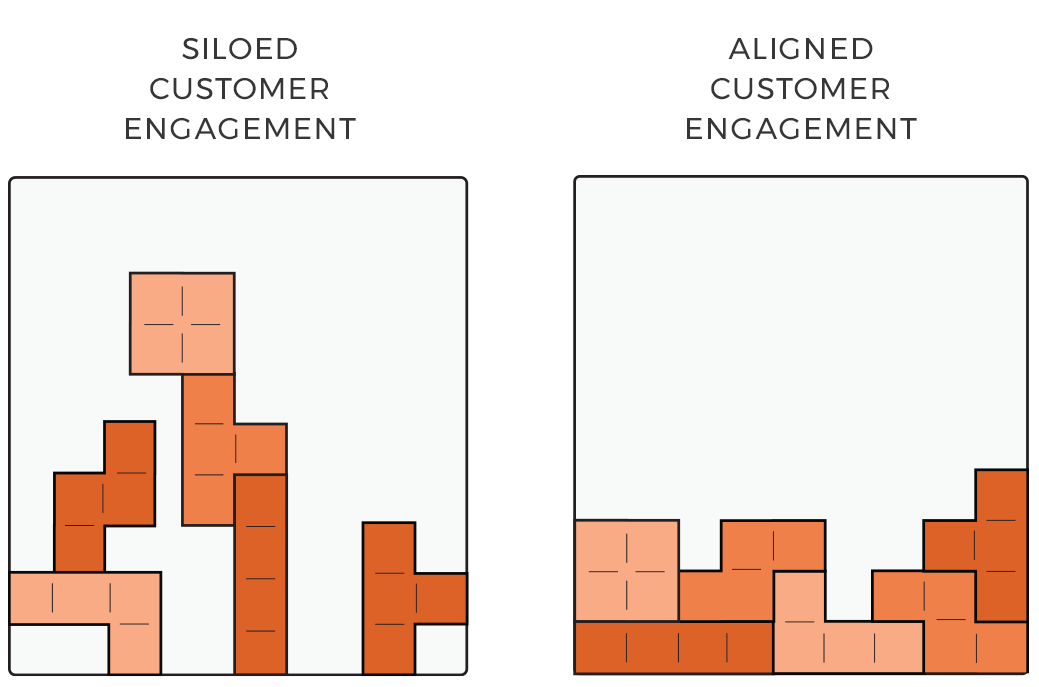
Cross-Department Collaboration Score (CDCS)
Cross-Department Collaboration Score (CDCS) is a key performance indicator that quantifies the level of coordination and effectiveness among departments (e.g., Sales, BD, PMs), measured through surveys, project success rates, and communication frequency. This metric drives organic growth by aligning teams for customer-centric outcomes, and is one of several key strategies to organic business growth.
Cross-Functional Alignment
The strategic coordination of different departments (e.g., Sales, Business Development, Delivery) to work toward common growth goals, breaking down silos to enhance efficiency and innovation through shared communication and resource allocation.

I can easily see a 10x return on [my investment with Hi-Q Group] in the next 18 months.
customer-focused engagement
An interaction approach where the customer’s voice takes precedence, with the team listening more than speaking to deeply understand their needs, priorities, and motivations.
Instead of leading with pre-set solutions or capabilities, employees emphasize co-developing tailored outcomes alongside the customer, fostering trust and ensuring solutions align with what truly drives them, strengthening the partnership through mutual discovery and respect.

Customer Intel Activation
The strategic process where teams take customer intelligence gathered through opportunity listening and share it internally to drive customer-focused actions across departments to increase win rates and organic growth.
This Hi-Q Group methodology leverages skills like stakeholder engagement and cross-functional communication to transform customer intelligence into actionable strategies, fostering deeper relationships and sustainable expansion.
Although prioritizing customer relationships can increase win rates by 63%¹, only 28% provide formal training in areas like relationship building, emotional intelligence, and customer-centric selling.²
¹ PROFESSIONAL SERVICES COUNCIL | ² APMP STUDY
growth mindset training
Hi-Quotient
A proprietary assessment score developed by Hi-Q Group to quantify a customer-facing employee’s level of customer engagement and understanding, evaluating critical skills such as social awareness, self-awareness and relationship management.
This metric provides a benchmark for teams to identify strengths and gaps in their abilities to build trust and drive organic growth through effective customer interactions.
CEOs who prioritize customer-centricity are 60% more likely to outperform their competition. (Deloitte)
Opportunity Listening
The proactive process where sales, business development and frontline delivery teams actively listen and engage deeply with customers to uncover their needs, challenges, and strategic drivers, identifying potential growth opportunities.
This technique enables teams to gather actionable intelligence and share it internally, fueling strategies for on-contract growth and organic expansion through stronger relationships.
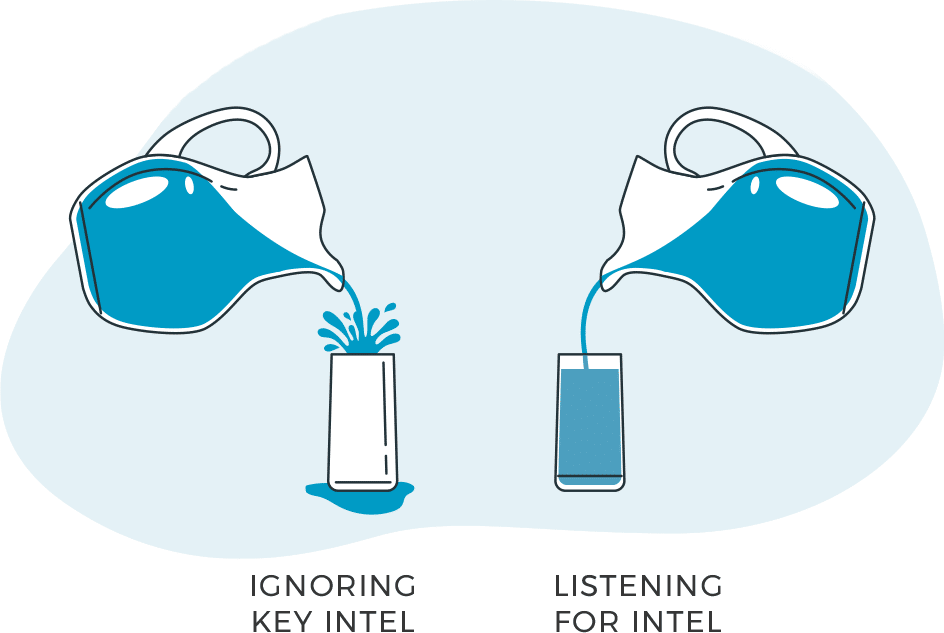
Revenue Optimization Techniques
Methods to maximize revenue through internal improvements, such as enhancing team collaboration, refining customer engagement, and streamlining service delivery, tailored to organic growth goals.
Winning Relationship®
A winning relationship® involves mutual respect, trust, open communication, and a commitment to building a strong foundation of emotional intimacy and shared goals.
CUSTOMER-CENTRIC METRICS
These KPIs focus on measuring customer relationships, loyalty, and engagement, directly impacting organic growth through trust and collaboration.
First, we’ll cover the more traditional methods of measurement:
Customer Lifetime Value (CLV)

Businesses need to constantly evaluate how they do business with people. [This training] will create a team enabled to build deep embedded partnerships that provide the business long term, sustainable and desirable results across the organization.
CUSTOMER EFFORT SCORE (CES)
This KPI measures the ease of a customer’s experience with a company, typically assessed through surveys asking how much effort was required to complete a task, such as resolving an issue or making a purchase. It focuses on reducing friction in interactions to enhance loyalty and satisfaction, often scored on a scale (e.g., 1-7). CES helps B2B and B2G organizations identify and address barriers that impact customer retention and organic growth.
customer intimacy
96% of unhappy customers won’t openly let you know their complains, and 89% will simply leave when possible. (Lee Resources International)
NET PROMOTER SCORE (NPS)
REFERRAL RATE
Customer Retention Rate (CRR)
Strong engagement strategies can increase your annual revenue up to 23%. (Aberdeen Group)
Customer churn rate
CUSTOMER SATISFACTION SCORE (CSAT)
These KPIs can create a picture of your customer experience, but they failed to directly measure the strength of trust and strategic alignment between an organization’s employees and their customers. It’s also difficult to correlate these scores directly to profitability or actionable insights.
That’s where CRS, or Customer Relationship Score comes in.
Customer Relationship Score (CRS)
A measure of trust, emotional connection, and strategic alignment between employees and customers, assessed by those with customer access, like business developers or delivery teams, to boost win probability (PWin) and guide deeper relationships.
Unlike traditional metrics such as CSAT, CES, and NPS, which focus narrowly on satisfaction, effort, or loyalty without direct revenue ties, CRS measures trust, emotional connection, and strategic alignment, linking these to win rates and probability of win (PWin).
By tracking how CRS scores impact contract wins and organic growth metrics, it drives targeted relationship-building efforts that position companies as valuable partners vs. replaceable vendors.
This actionable, revenue-driven approach provides deeper insights and a more holistic framework than traditional metrics, guiding smarter decisions in B2B and B2G contexts.
RECOMMENDED GUIDE
REVENUE & FINANCIAL METRICS
Average Revenue Per Customer (ARPC)
Market Share Expansion (MSE)
Market Share Expansion (MSE) is a key performance indicator that tracks the increase in a company’s market presence achieved through organic efforts, such as customer-driven innovation and team synergy, measured as a percentage of total market revenue. This indicator reflects growth without acquisitions.
RECOMMENDED GUIDE
On-Contract Growth
A term popularized by B2G organizations, on-contract growth tracks the revenue increase within existing customer contracts, reflecting the ability to expand business through upselling or additional services. It emphasizes the value of deepening relationships without acquiring new customers. On-Contract Growth = (Revenue from Existing Contracts at End of Period – Revenue from Existing Contracts at Start of Period) / Revenue from Existing Contracts at Start of Period × 100.
Organic Revenue
Revenue generated from internal business activities, such as existing customer expansion or new contracts won through collaborative efforts, excluding external acquisitions or mergers.
Organic Revenue Growth
The rate of revenue increase derived from internal sources, measured over a period (e.g., quarterly or annually), driven by team synergy, customer insights, and efficient processes, often expressed as a percentage, calculated as [(Current Revenue – Previous Revenue) / Previous Revenue] × 100.
Prioritizing customer relationships can increase win rates by 63%. (Professional Services Council)
Profit Margin by Customer
The percentage of revenue retained as profit after costs, calculated per customer to identify high-value relationships that drive organic growth, determined as (Revenue per Customer – Cost per Customer) / Revenue per Customer.
Revenue Growth Rate (RGR)
Sales Cycle Length (SCL)
Sales Cycle Length (SCL) is a key performance indicator that measures the average time taken to close a sale or contract, tracked from initial contact to completion, influencing organic growth efficiency. A shorter SCL indicates effective team collaboration and customer engagement.
Top Line Growth
The increase in gross revenue or sales before deductions, indicating the initial success of organic growth efforts driven by team and customer strategies, typically measured over a fiscal period.
Companies that prioritize customer relationships and involve subject matter experts in sales interactions have a 63% higher win rate. (Professional Services Council Survey)
YoY Growth (Year-over-Year Growth)
The percentage increase in a business metric (e.g., revenue, sales) from one year to the next, reflecting the pace of organic growth over time, calculated as [(Current Year – Previous Year) / Previous Year] × 100.
summary
In this guide, we shared how increasing your team’s internal strengths can deliver lasting, organic growth through new powerful strategies by top-performing companies.
Many companies stumble by relying on outdated tactics like launching new products without truly understanding current customer needs, causing slow growth and loss of retention, while top performers build a growth culture centered on the customer.
This culture shift positions them with a real competitive advantage for rapid growth.
At Hi-Q Group, we believe this shift drives innovation, strengthens partnerships, and boosts efficiency, setting the stage for steady, long-term results that matter.
For leaders, the key is empowering your teams to prioritize customer insights and work together, turning relationships into a powerful engine for growth without relying on risky shortcuts. This is the true key to realizing your true organic growth potential.
take action now
If you’d like a free consultation with our growth growth specialist to discuss your unique organic growth challenges, schedule your 1:1 call today.
FREQUENTLY ASKED QUESTIONS
WHAT DOES ORGANIC GROWTH MEAN?
Organic growth means a business expands naturally by increasing its own revenue, customer base, or operations using internal resources, rather than relying on mergers, acquisitions, or external funding.
At Hi-Q Group, we see organic growth as the heartbeat of a thriving organization, driven by deepening customer relationships and solving real problems, such as streamlining operations or building trust with stakeholders. Addressing customer alignment and your internal growth playbook can setup your organic growth capabilities in such a way that you are positioned for growth in business.
It’s about growing from within, leveraging your team’s skills and customer insights to boost sales or improve services, ensuring long-term success without shortcuts.
This approach aligns with our belief that understanding customer needs, as measured by tools like Customer Relationship Score (CRS), is key to sustainable expansion.
WHAT IS ORGANIC VS. INORGANIC GROWTH?
Organic growth involves a business growing internally through its own efforts, such as increased sales, new customers, or improved products using existing resources. (Internal growth)
Inorganic growth happens through external methods like mergers, acquisitions, or partnerships with other companies. (External growth)
Hi-Q Group advocates for organic growth as the smarter, more stable path, emphasizing the power of customer engagement and internal innovation over quick external fixes.
For example, organic growth builds on strong customer relationships to drive revenue naturally, where inorganic growth can bring rapid scale but often risks cultural clashes or overextension.
Our approach highlights that tools like Customer Relationship Score (CRS) can track organic progress by measuring trust and alignment, offering a deeper foundation than inorganic leaps.
WHAT ARE SOME EXAMPLES OF ORGANIC GROWTH?
Examples of organic growth include increasing sales by improving product quality, expanding your customer base through excellent service, or launching new offerings based on customer feedback, all done with your current team and resources.
At Hi-Q Group, our clients often share stories of how they increased revenue by strengthening customer relationships through tracking and monitoring their CRS (Customer Relationship Score) on key accounts, which highlights new opportunities for greater customer alignment.
Other examples might include training staff to upsell effectively or entering new markets organically by leveraging existing client referrals which can drive additional growth.
These methods highlight our belief that internal effort and customer-centric strategies are the backbone of lasting growth, and can severely affect your growth trajectory.
how do you increase organic growth?
At Hi-Q Group, we view organic growth as expanding your business naturally through internal strengths, without relying on inorganic growth tactics like mergers and acquisitions or joint ventures.
To increase organic growth, start by refining your business model to emphasize product innovation and client engagement, ensuring your offerings align with evolving customer needs.
Conduct thorough business intelligence to identify target markets and untapped resource potential, then build a solid business case for growth planning that focuses on enhancing operating efficiency and product lines. Leveraging tools such as the Customer Relationship Score (CRS) helps strengthen relationships, driving repeat business and referrals.
Finally, consider a global expansion strategy that scales your core competencies sustainably, measuring progress through metrics like revenue from existing customers to achieve steady, self-sustained expansion.
what does net organic growth mean?
Net organic growth refers to the increase in a company’s revenue or market presence after subtracting any losses, such as customer churn, from internal efforts alone—excluding external factors like acquisitions.
At Hi-Q Group, we define it as the true measure of sustainable progress within your business model, highlighting the net impact of strategies focused on customer retention and innovation.
For instance, if your annual revenue rises by 15% from enhanced relationships but you lose 5% due to attrition, your net organic growth is 10%. This metric helps assess the effectiveness of internal initiatives, contrasting with inorganic growth from deals, and guides decisions on product lines or market entry.
WHAT’S THE DIFFERENCE BETWEEN ORGANIC AND EXTERNAL GROWTH?
The difference between organic and external growth lies in their approach: organic growth comes from within, driven by internal efforts like better marketing, customer retention, or product development, while external growth relies on outside moves like acquiring another company or forming strategic alliances.
Hi-Q Group champions organic growth for its stability and alignment with our philosophy of building deep customer relationships—using metrics like CRS to ensure growth reflects true partnership value.
External growth, though faster, can dilute focus or strain resources, whereas organic growth, supported by customer engagement, fosters a solid foundation for long-term success, as seen in businesses that grow by solving client challenges organically, protecting you from external factors.
